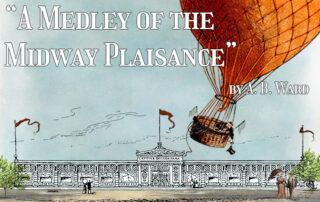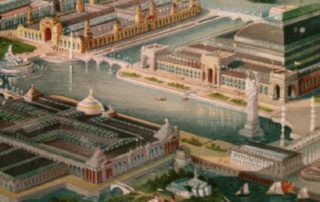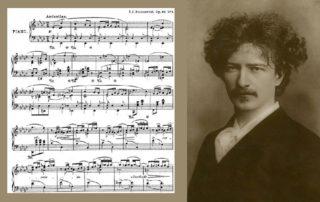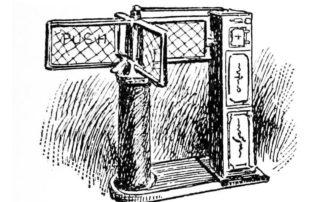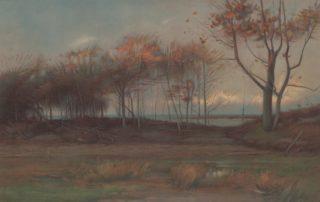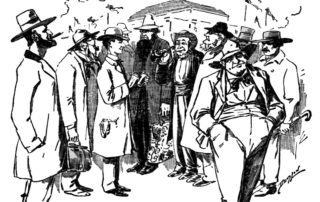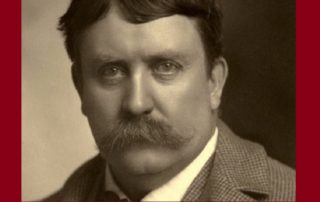Feeding the masses on Chicago Day
A photograph by Charles Dudley Arnold of the lovely Café de la Marine (Marine Café) designed by architect Henry Ives Cobb. [Image from Arnold, C. D.; Higinbotham, H. D. Official Views of the World’s Columbian Exposition. Press Chicago Photo-gravure Co., 1893.] A sea of humanity poured into the fairgrounds of the World’s Columbian Exposition on Chicago Day (October 9, 1893). The “greatest gathering in history” shattered all previous attendance records with 713,646 paid admissions to the Fair and over three-quarters [...]


